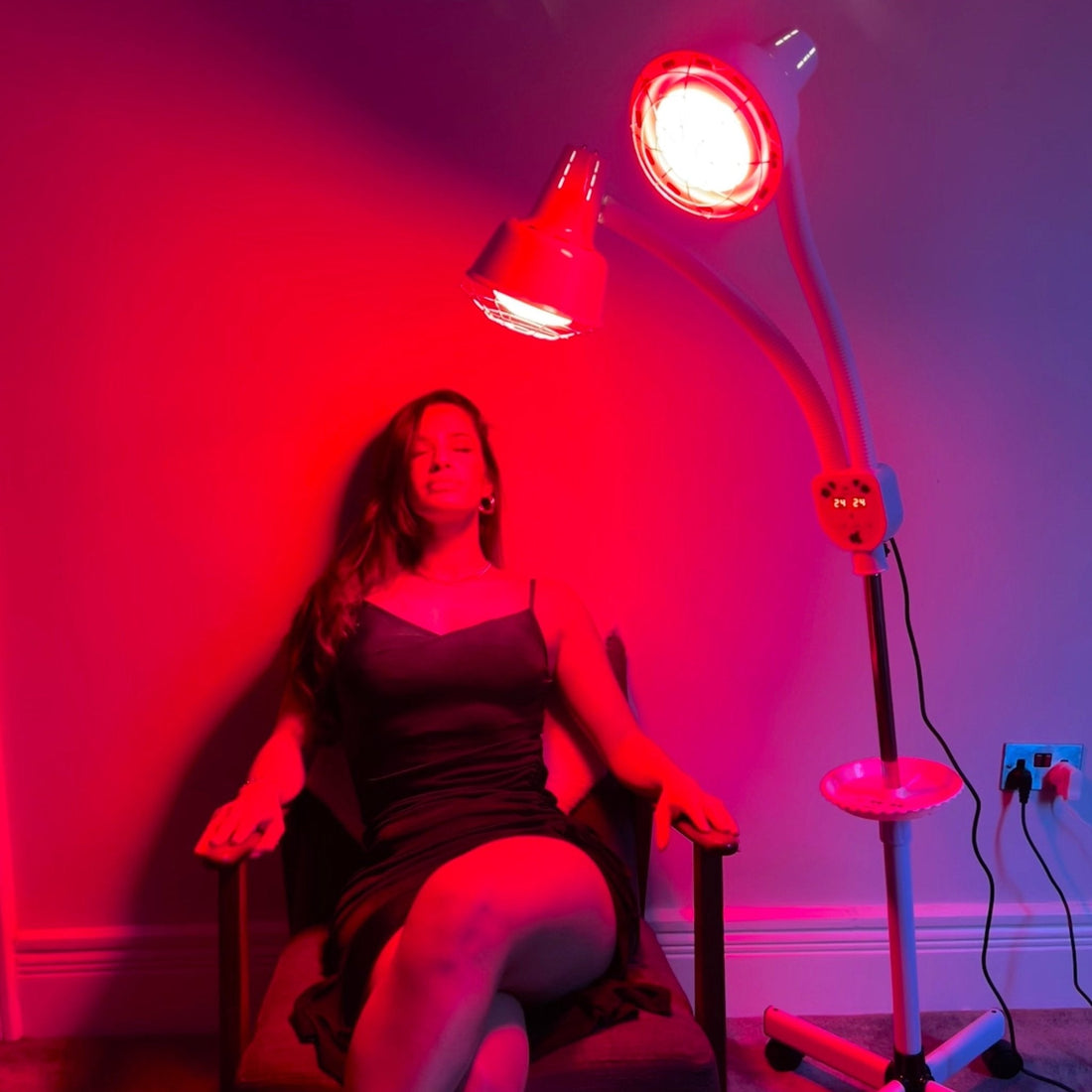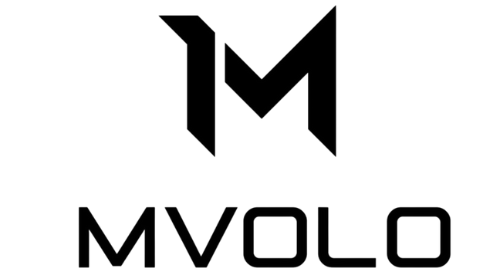How Red Light Can Restore Your Hair and Confidence
Part
Hair loss is a common issue that affects many people worldwide. Whether it's genetically driven, like in androgenetic alopecia, or caused by other factors, losing hair can significantly impact your confidence and well-being. In this blog, we'll delve into the science behind hair loss and explore how red light therapy, also known as Low-Level Light Therapy (LLLT), can help mitigate this issue. We'll encounter some technical terms along the way, but we'll break them down to make everything as simple as possible. By the end of this blog, you'll have a comprehensive understanding of how red light therapy works and why it could be an effective solution for you.
What Is Hair Loss and Androgenetic Alopecia?
Hair loss, also known as alopecia, can be caused by various factors including genetics, hormones, stress, and nutrition. The most common form of hair loss is androgenetic alopecia, which is hereditary. This type of alopecia affects both men and women, characterized by hair thinning and eventual baldness.
In androgenetic alopecia, the hair follicles, which contain the roots of the hair, gradually shrink. This process, known as follicular miniaturization, leads to thinner hair and eventually no hair growth. The primary factor behind this miniaturization is dihydrotestosterone (DHT), a hormone derived from testosterone that is strongly linked to hair loss ( SpringerLink ) ( MDPI ) .
How Does Red Light Therapy Work?
Red light therapy, also called Low-Level Light Therapy (LLLT), is a non-invasive treatment that uses specific wavelengths of light, usually in the range of 600-900 nanometers (nm), to stimulate cellular activity. It has been approved by the US Food and Drug Administration (FDA) as a safe and effective treatment for androgenetic alopecia.
But how does it work exactly? The science behind red light therapy centers on stimulating the mitochondria in cells. Mitochondria are often called the “powerhouses” of the cells because they produce energy in the form of adenosine triphosphate (ATP). By increasing energy production, red light helps cells function better and repair themselves. This process can be especially beneficial for hair follicles, which are highly active and require a lot of energy to function properly ( MDPI ) .
Benefits of Red Light Therapy for Hair Growth
-
Improved Blood Circulation : Red light stimulates blood circulation to the scalp, ensuring that hair follicles receive better oxygen and nutrients, which is crucial for hair health and growth.
-
Stimulation of the Anagen Phase : The anagen phase is the growth phase of hair. Red light helps to extend this phase, resulting in a fuller head of hair and reduced hair loss ( SpringerLink ) .
-
Cellular Repair and Growth : By boosting ATP production, cells can repair and grow more quickly, leading to healthier hair follicles and, ultimately, more hair growth.
Conclusion
For those struggling with hair loss, particularly in the form of androgenetic alopecia, red light therapy offers a safe and scientifically supported solution. By improving blood circulation, stimulating cellular activity, and extending the hair growth phase, red light therapy can effectively contribute to a thicker, healthier head of hair.
While terms like 'mitochondria' and 'follicular miniaturization' might sound complex, the core message is simple: red light can rejuvenate your hair follicles and help combat hair loss. If you're dealing with hair loss and looking for a natural, non-invasive treatment, red light therapy is definitely worth considering. Always consult with a medical professional to determine if this treatment is right for you.






